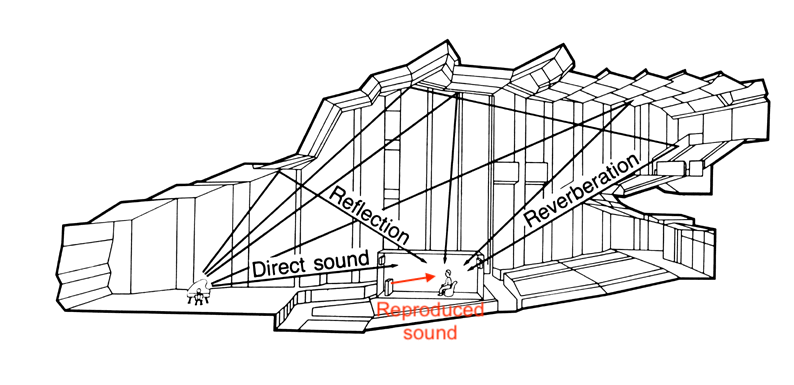There is also artistic license with entirely studio-created music like rock/pop, things like Dark Side Of The Moon through to anything by Aphex Twin, Radiohead etc just don’t exist in the real world and are assembled in the studio overdub by overdub. To my mind it is unforgivable with say a live Keith Jarrett recording, I really don’t want a wide stereo piano and rock-style kick & snare centre, hi-hat right, ride left, toms panned across the stage there as frankly it sounds bloody daft.
It makes me chuckle when any one says something like ‘listen to the focus on her voice’ with something like a Norah Jones album. Any decent system should be able to sort out anything up to four or five distinct vocal layers overdubbed and slightly panned to give the sound she wanted. I have no issue with it in this sort of again studio-created music, but jazz and classical should in most cases be a recording of an actual event. I guess things blur there too, e.g. Miles and others fusion output (which I love), Stockhausen, John Cage etc.
Close-mic’d rock drum kits and wide stereo pianos do definitely trigger me in non-rock forms. I far prefer the ‘60s Blue Note etc approach of chucking a couple of mics in front of the kit and plonking it at one side of the soundstage in a coherent acoustic space. Just sounds way better to my ears. So much more real and believable.




